
In today’s article we’ll cover how to use the new Micro800 Simulator that comes with CCW 12, including how to work around a few common issues you may run into:
First, what is the Micro800 Sim?
Below is the official description of the Micro800 Simulator from the CCW release notes :
Step 1) To get started, first open up CCW v12:
Step 2) Next, open a CCW project you’d like to download to the Micro800 Simulated PLC:
Step 3) Once your existing application is open, I suggest you save it with a new name prior to making the changes needed to use it with the Micro800 Sim:
Step 4) In your newly re-named and re-saved project, right click on the Micro in the project tree and select “Change Controller”:
Step 5) Then select the new “2080-LC50-48QWB-SIM” as the controller to change it to:
Step 6) Once the conversion is done, you’ll hopefully see a success message at the bottom of CCW:
Step 7) At this point, it’s important to “build” your project and fix any issues that crop up.
In my case, since I’m using the program from my Nano Basics course which uses both the 2080-IF4U and 2080-SERIALISOL modules (for use with Modbus and VFDs), I had to resolve errors related to both of those modules:
NOTE: The below excerpt from the CCW release notes shows the many differences between a physical Micro850 and the Simulated one, including the Sim’s lack of support for Modbus, third party I/O modules, and communication modules:
Step 8) Once you’re program builds without errors you’re ready to launch the Micro800 Simulator located under the “Tools” menu:
Step 9) When it launches, it should look like this:
Step 10) If you’re program uses any of the supported Digital or Analog modules, now is the time to add them to your simulated Micro by right clicking on the appropriate slot and selecting the module from the list:
* Below you can see I’ve added the 2080-IF2 to my system as it’s also used in my Nano Basics course:
Step 11) With the simulated hardware configured, it’s time to turn on the Micro800 Sim. When you do, you may get the following “Windows Defender” popup in which you want to “Allow” access:
Note: If you do not allow access, you may not see your Micro850 Sim in RSLinx or FTLinx.
Step 12) With the Micro850 Sim running, your next step is to set the path to your Micro850 Sim in your CCW project.
To do so, click on “Connection Path,” then “Browse,” and then select your simulated Micro850 from the Connection Browser (it should show up with the same IP Address as your PC):
Note: You need to have RSLinx or FTLinx selected and configured for Ethernet/IP. Here I’m using the default RSLinx Classic with the Ethernet/IP driver that I show how to setup in this article.
Also note that if you try to use an old version of RSLinx or FTLinx it may not work, so be sure to read the CCW release notes and documentation if you run into any issues:
If you’re still having issues, I’d suggest contacting Rockwell’s free Micro800 Tech Support
Step 13) With your unique connection path set, you can now proceed to download your program to the Micro800 Sim:
Note: The Micro850 Sim running on my PC (shown above) has an IP Address of 192.168.1.212 since that is the IP Address of my PC. Your should show up with the IP Address of your PC.
Step 14) At which point you’ll be prompted to select “Download” or “Download with Project Values”:
Step 15) Once the download is complete, you’ll see this prompt:
Step 16) And if you’re using the free version of CCW, you’ll also find that after 10 minutes in Run, the simulator will switch back to program:
NOTE: If you forget to add your I/O modules to your Micro800 Sim prior to downloading, you’ll see an error message like shown below:
Step 17) Once downloaded, you can put your Sim into run mode and click on the Input Terminals to turn the Inputs on and off (below, CCW is shown online behind the Micro800 Sim):
Step 18) One final note: As the Micro800 Sim is a simulator, you will find some subtle differences in how it operates, which is detailed in the CCW release notes:
I hope you found today’s article on how to use the Micro800 Sim helpful!
And if you’re enrolled in my Nano Basics course, note than I am planning on adding additional lessons (including how to use the Micro800 Sim) completely free of charge 😉
If you have any comments or questions on this article, please don’t hesitate to post it using the “comment” link found below my signature.
Until next time, Peace ✌️
If you enjoyed this content, please give it a Like, and consider Sharing a link to it as that is the best way for us to grow our audience, which in turn allows us to produce more content 🙂
Shawn M Tierney
Technology Enthusiast & Content Creator
Support our work and gain access to hundreds members only articles and videos by becoming a member at The Automation Blog or on YouTube. You’ll also find all of my affordable PLC, HMI, and SCADA courses at TheAutomationSchool.com.
- FactoryTalk Design Workbench First Look, CCW Comparison - December 19, 2025
- Drew Allen of Grace Technologies on Automation, Safety, and More (P256) - December 17, 2025
- Robotics in Warehouse Automation with Erik Nieves of Plus One Robotics (P255) - December 10, 2025

Discover more from The Automation Blog
Subscribe to get the latest posts sent to your email.


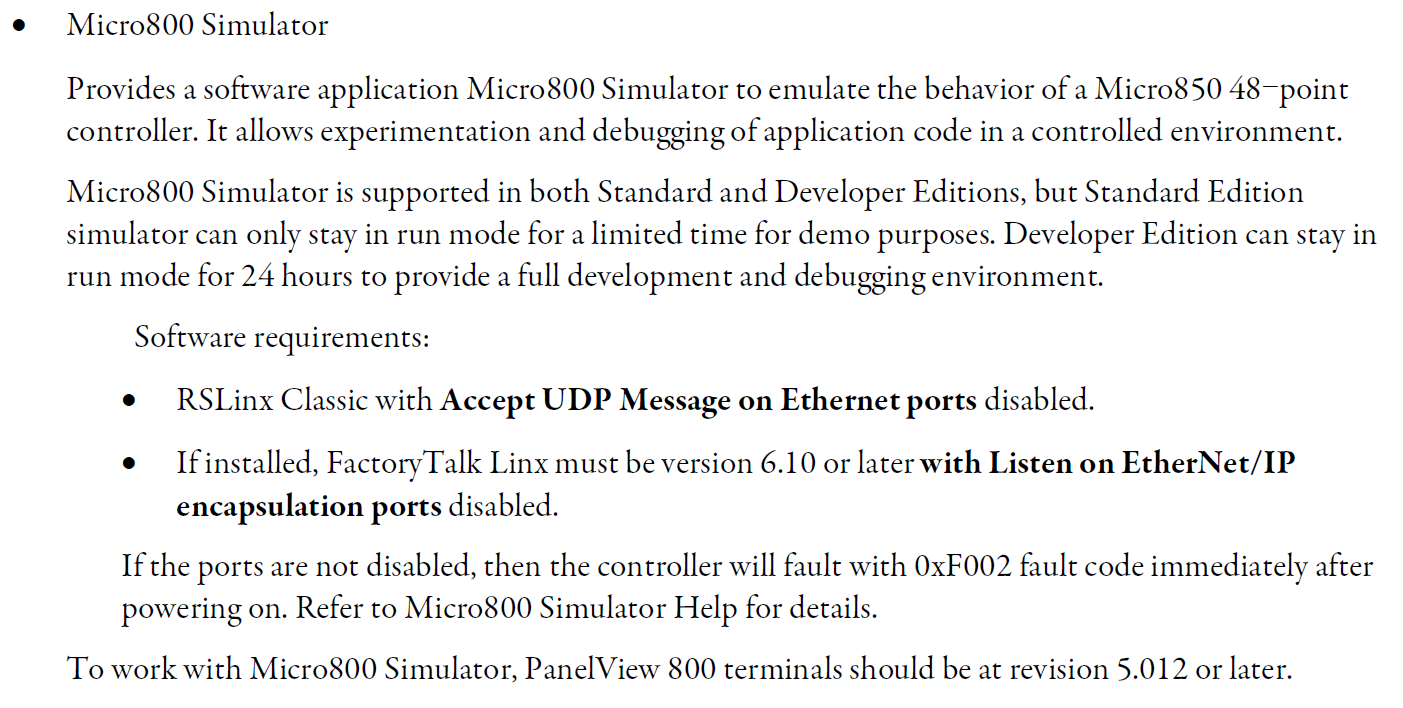
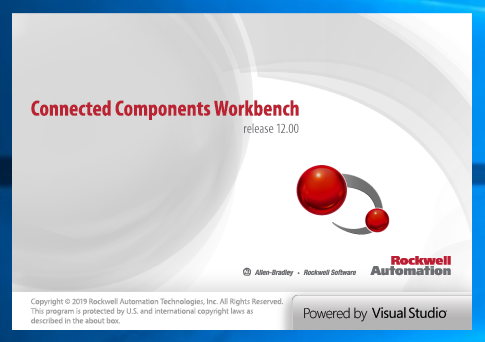
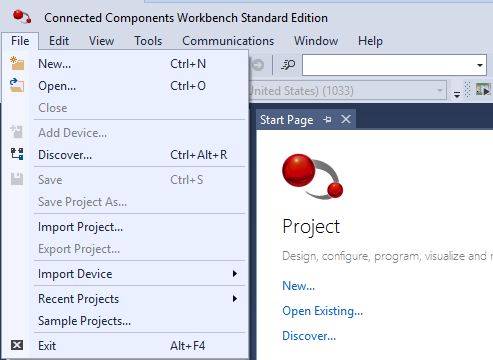


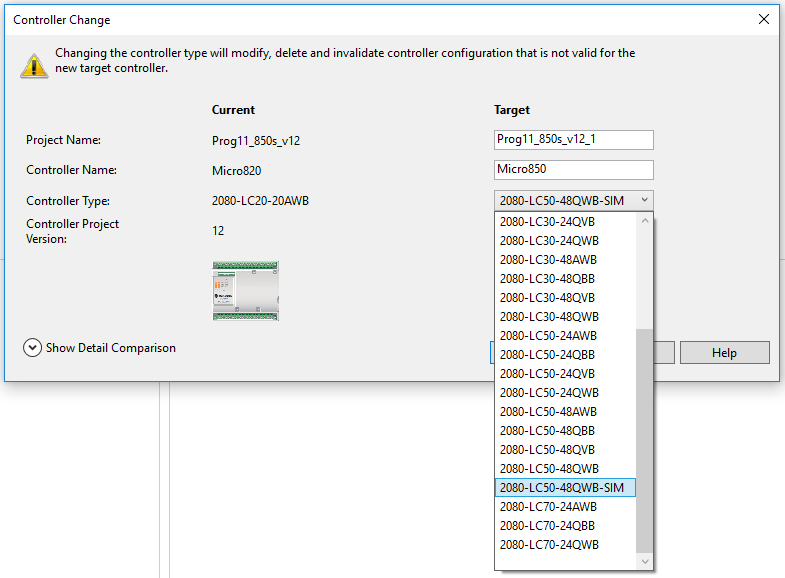


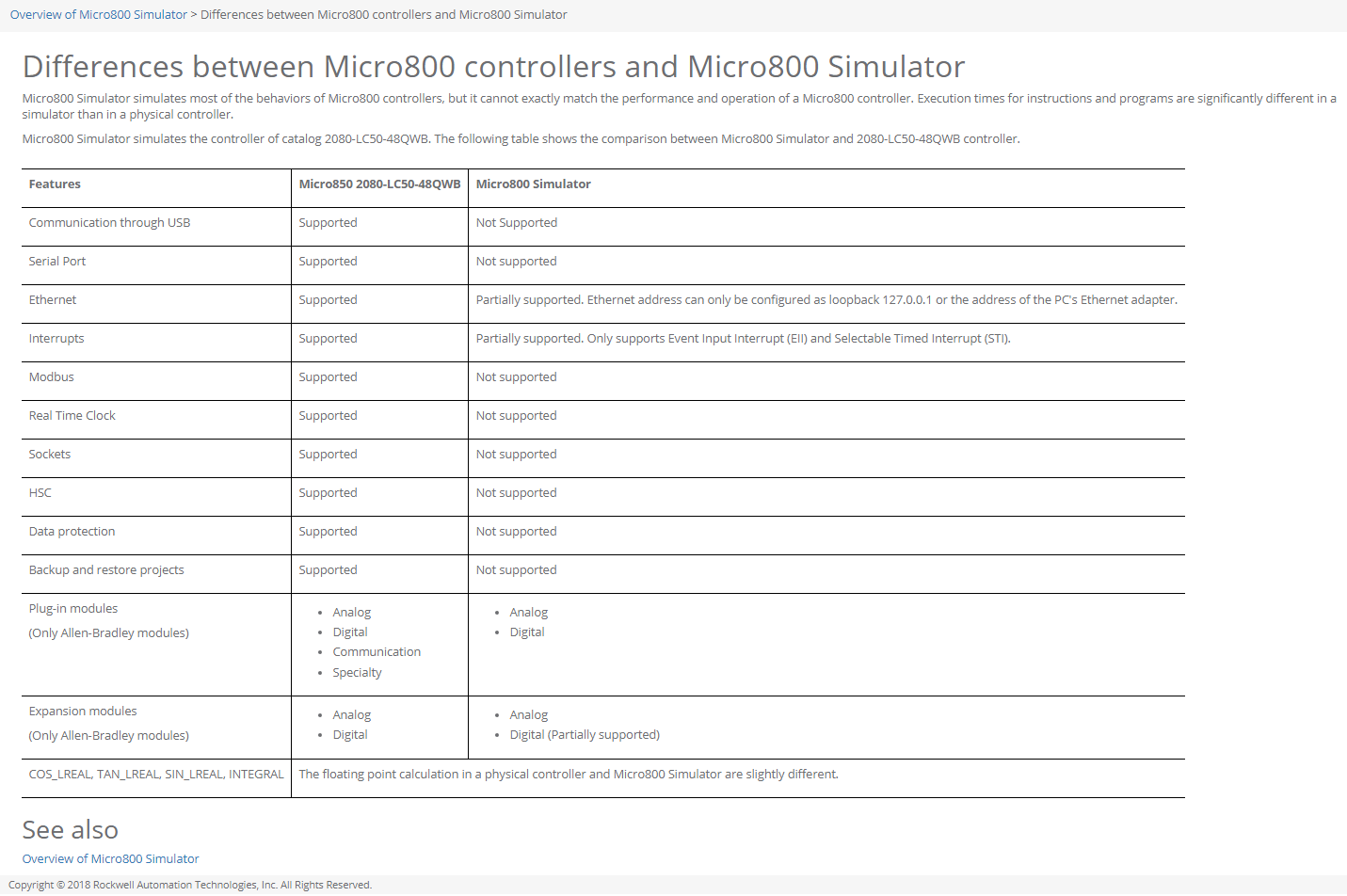
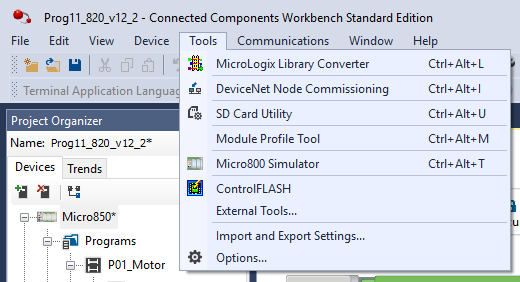

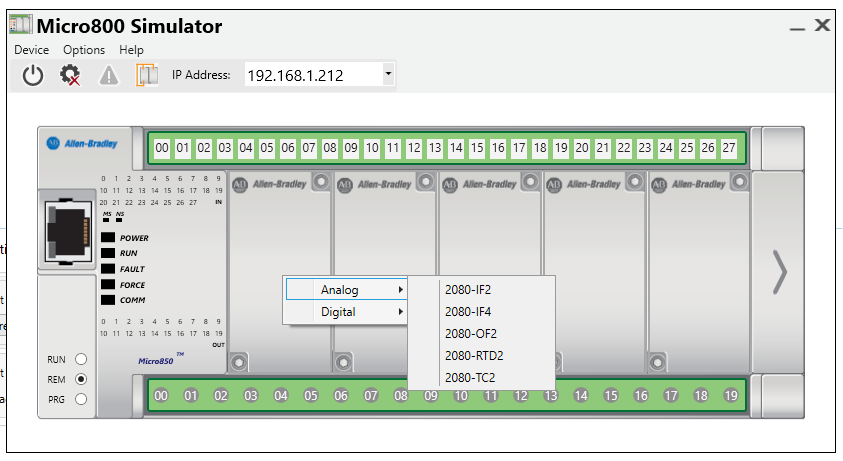

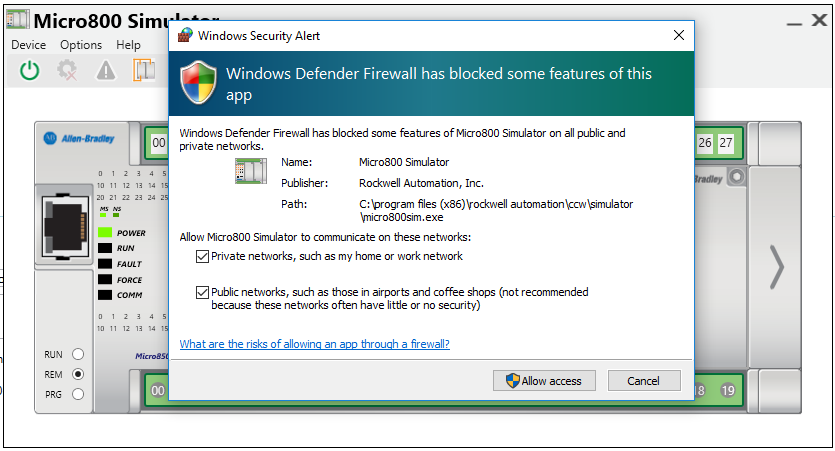


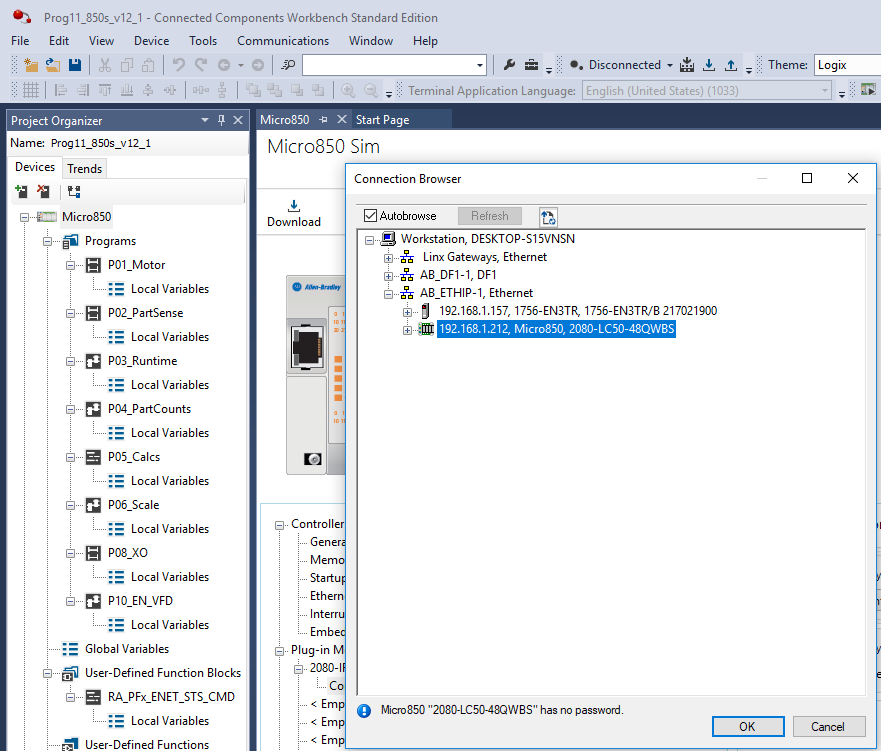
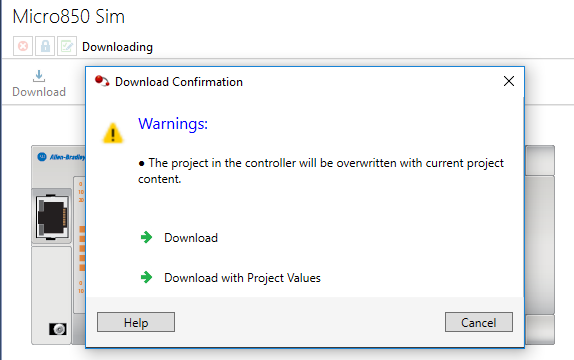
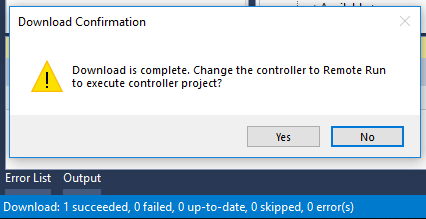


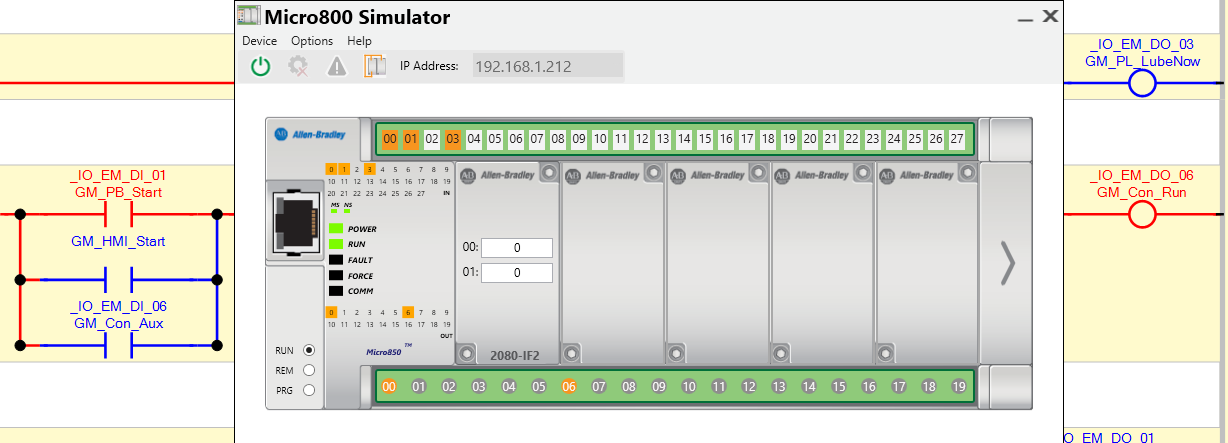




the node for the SIM on RSlinx is flickering in and out as if there is an IP conflict or something. and when i attempt to connect i receive unknown device MSG. would the listen on ETH/IP encapsulation be a problem? i have not found how to disable the “listen on ethernet/ip encapsulation ports”
this was very helpful, thanks for the information!
You’re very welcome @Eduardo!
PS – in 20212 we’re moving comments to https://automation.locals.com
Shawn Tierney,
Instructor at http://www.TheAutomationSchool.com
Se puede usar el simulador y conectar un PanelView 2711R-T4T(fisico) por medio de un cable ethernet y realizar la simulacion de ambos online ?
Sorry, I only speak English.
Sincerely,
Shawn Tierney
Instructor at http://www.TheAutomationSchool.com
The usage comes to 100% when CCW simulate is running, what’s the problem ?
I haven’t seen that myself – but I have had similar problems when my VM only had 2gb of memory assigned.
Shawn Tierney
[sc name="stsigcom"]
under AB-ETHIP i dont have any option to select 192.168.1.212 micro 850
That doesn’t surprise me – it’s unlikely you have the same IP address as me.
There are a lot of notes in this article from steps 11 to 13 covering the reasons why RSLinx Classic might not see your Micro850 Sim, and your best first step would be to review them before contacting Rockwell for support.
Sincerely,
Shawn Tierney
Automation Instructor at The Automation School
I am using the 820. Is the only way to test analogs this way, to insert an analog card?
The Micro800 Simulator only simulated the Micro850, which like the 830 doesn’t have any built-in analog 🙁
Might be best to map your analog to tags, and then change those tag values in the simulator,
Sincerely,
Shawn Tierney,
Instructor at TheAutomationSchool.com
[sc name="stsigcom"]
[…] How to use CCW's Micro800 Simulator […]